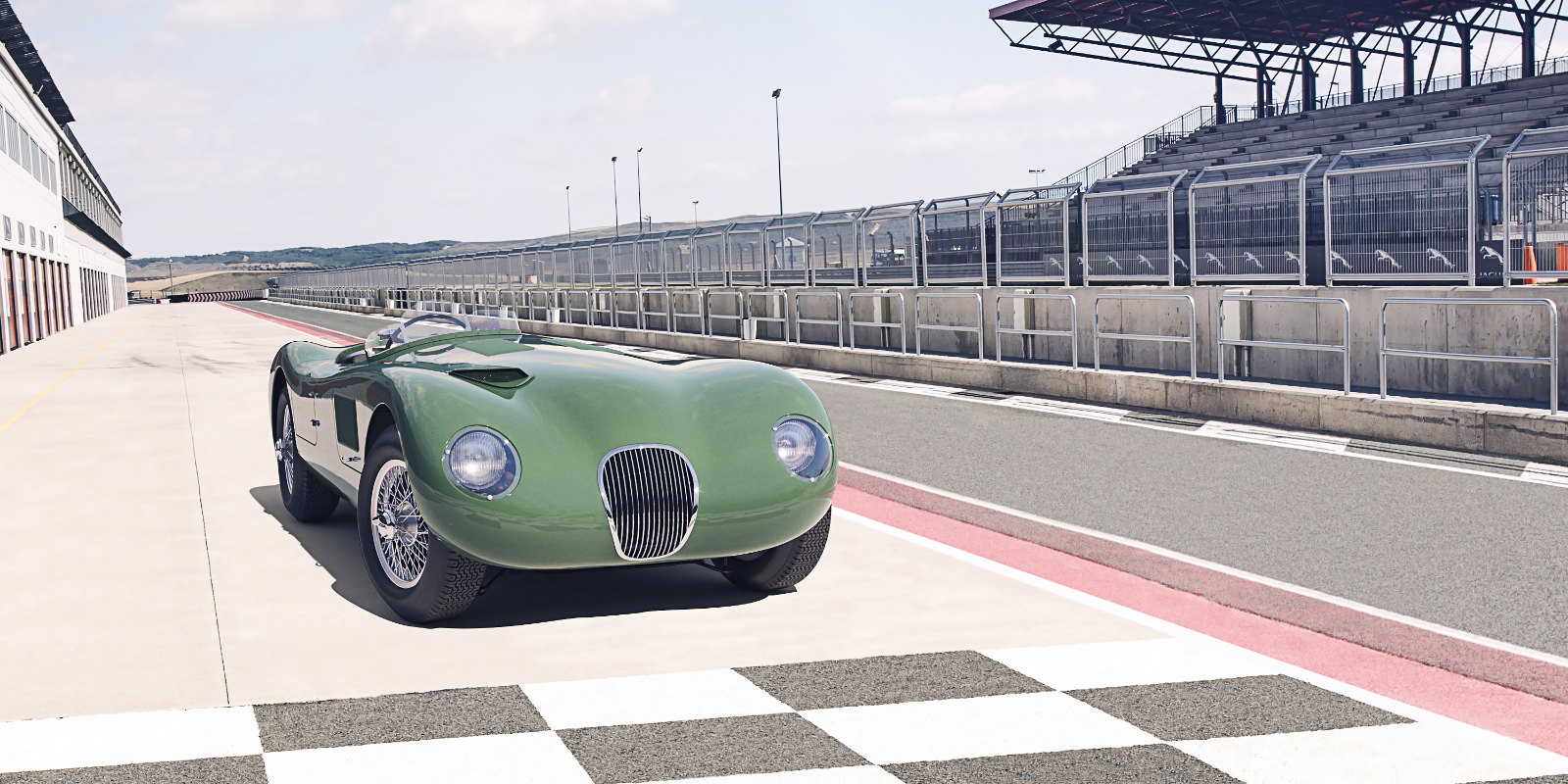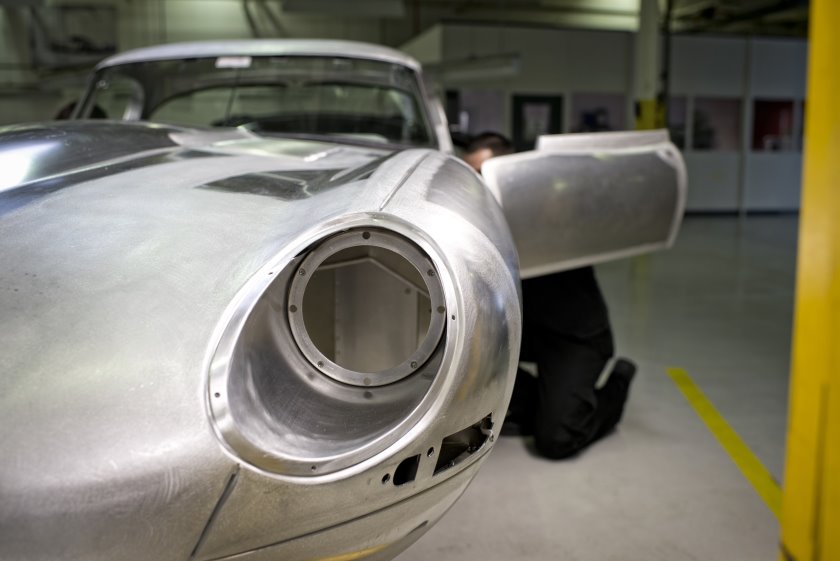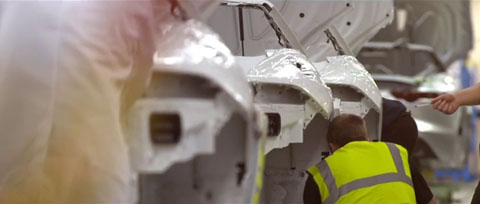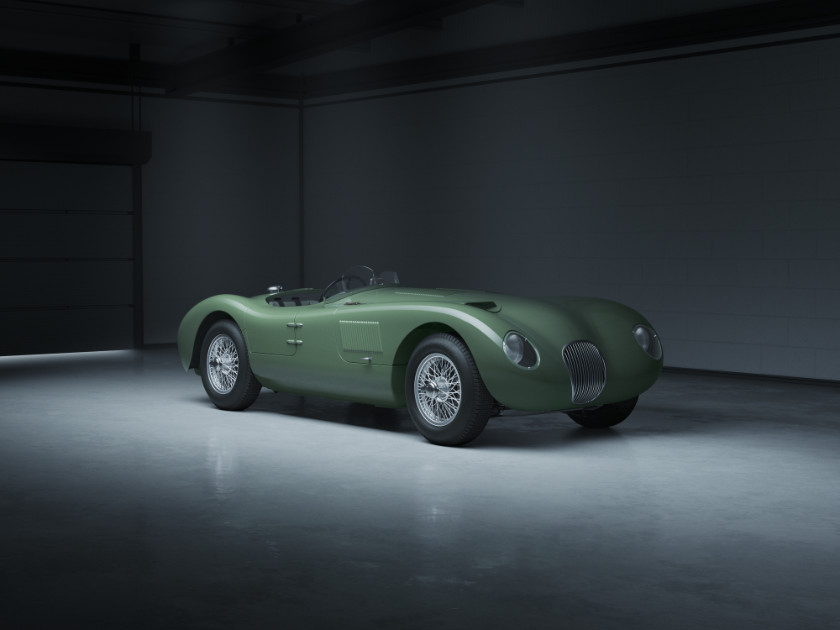
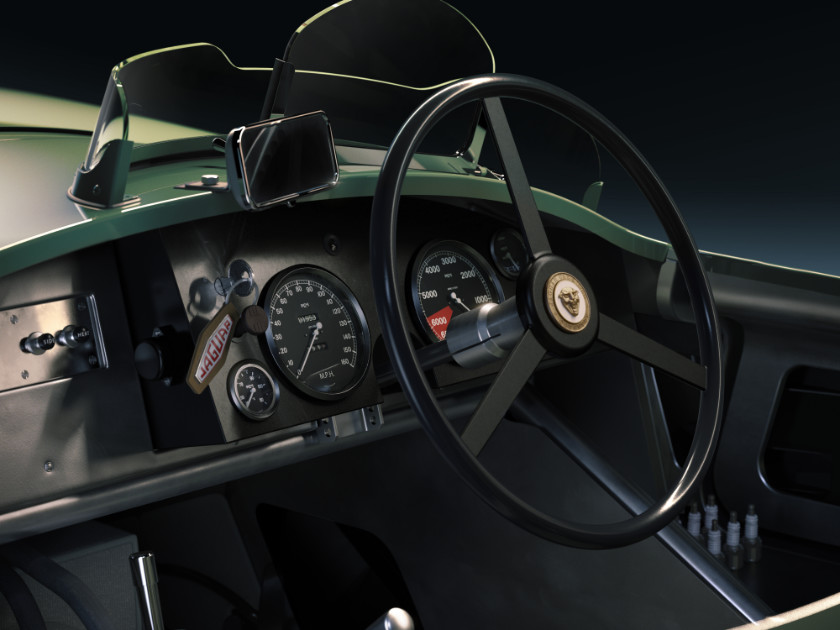
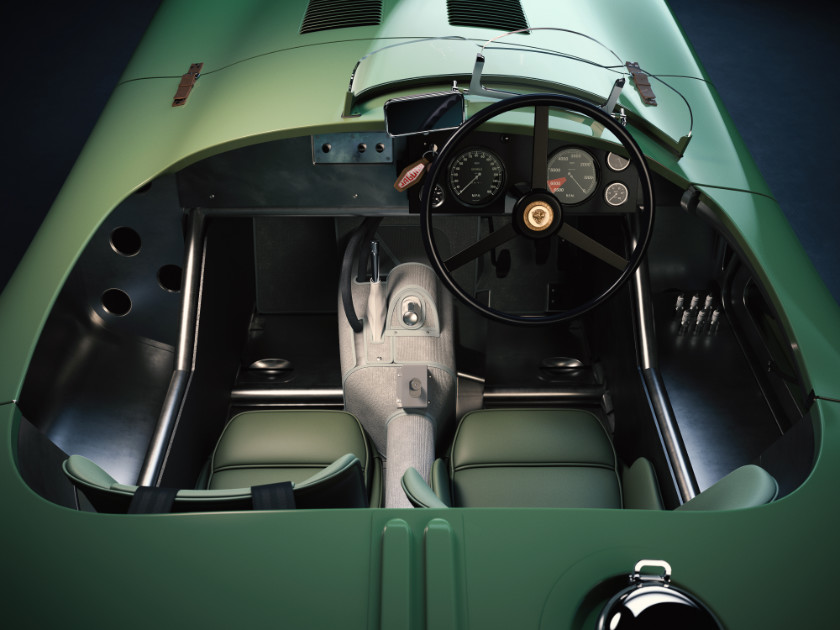

‘Continuation’ editions are a great money-spinner for car companies with a history: offer a classic based on the original plans, and wait for the well heeled collectors to snap them up. Aston Martin has done it with both the DB4 GT and the James Bond Goldfinger DB5, and Jaguar with the E-type Lightweight.
Now it’s the turn of the C-type, with eight planned, each to be hand-built. Unlike replicas, these fetch a higher price because of their provenance, being built by the company itself. Jaguar claims the C-types are ‘fully authentic’, with the cars to come from Jaguar Land Rover Classic Works in Coventry.
The cars will be equipped to the 1953 Le Mans winner specifications, with disc brakes, and the 3·4-litre inline six with triple Weber carburettors. The cars will not be road-legal, but can be used in historic racing and on the track.
Jaguar used a period C-type for the basis of its new manufacturing data, and, of course, it had exclusive access to the original engineering drawings and records created by aerodynamicist Malcolm Sayer, competitions’ manager Lofty England, and engineers William Heynes, Bob Knight and Norman Dewis.
Customers can specify their continuation C-types virtually, too, with an online configurator. These can be shared with the hashtag #70yearsofCtype, with Jaguar planning to feature them on its social media.
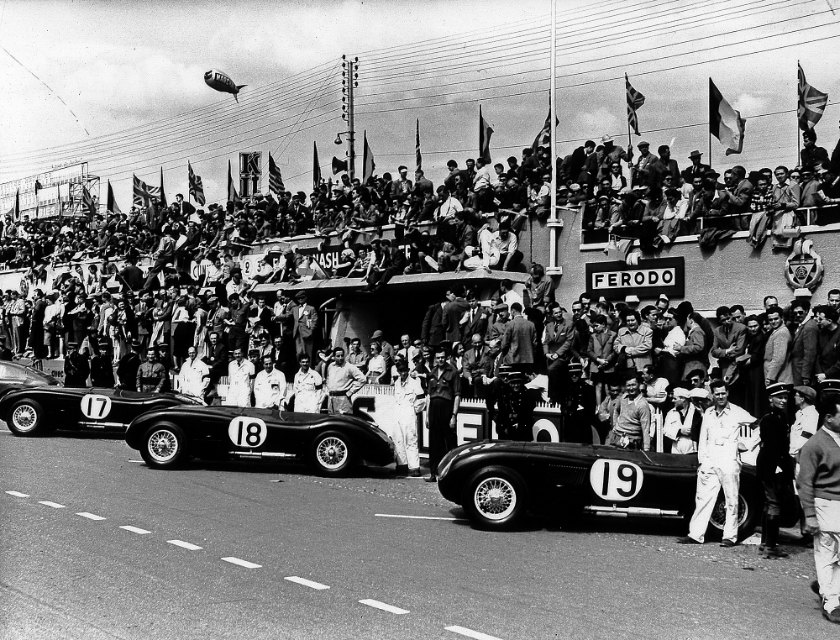
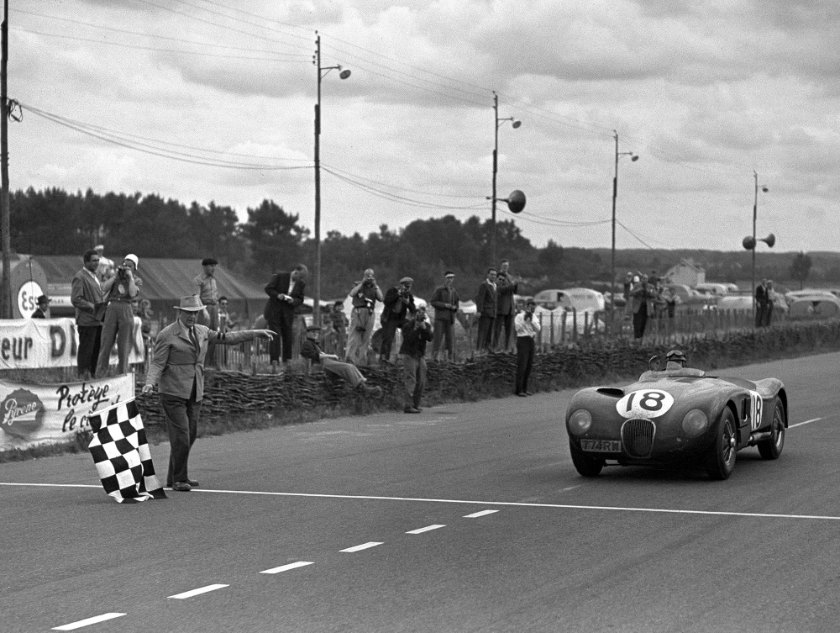
Jaguar Daimler Heritage Trust
Top: Jaguar’s works C-type racing team before the start of the 1953 Le Mans 24 Hours, including Stirling Moss with no. 17. Moss would finish second overall, with Peter Walker. The no. 18 Jaguar C-type of Tony Rolt and Duncan Hamilton wins the 1953 Le Mans 24 Hours.

